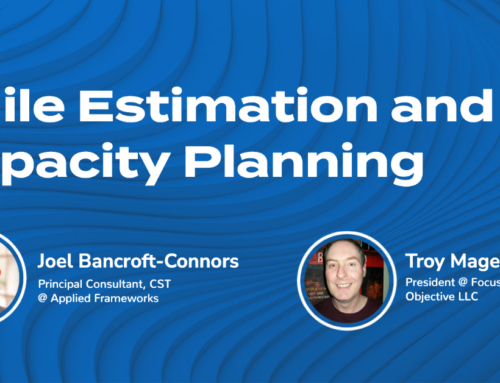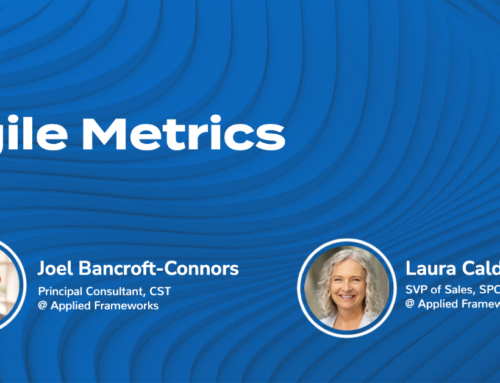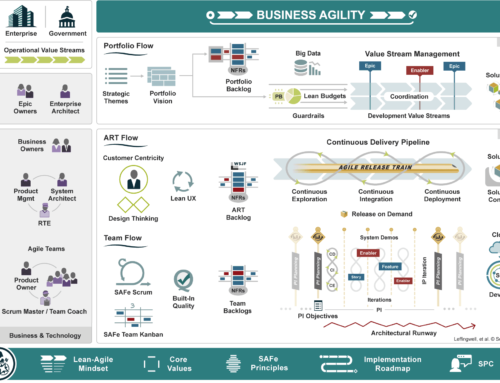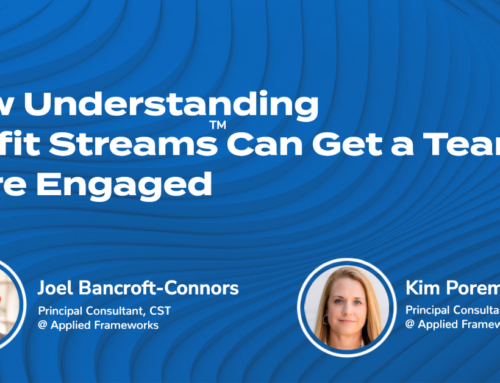Personally I’m always ready to learn, although I do not always like being taught.—Winston Churchill, British prime minister
Every marketing person will tell you that customer interviews provide deep insights on the product, its promotion, your sales team effectiveness, and your company strategy. What they often fail to do is explain, exactly, how to conduct an interviewing program.
You’ll be amazed at how much information clients will share—if only someone cares enough to ask. If you want to know what customers are saying, just ask ‘em! But don’t think of it as research; think of these client interactions as conversations, not an interviews or surveys.
Interviewing clients: a field guide is a three-part series, including:
Part 1: Preparing for interviews
Why you should interview clients
We start with the customer and we work backward. We learn whatever skills we need to service the customer. We build whatever technology we need to service the customer.—Jeff Bezos, founder, Amazon.com
Who better to tell you what you do right and wrong than a customer or a lost client?
Client discussions reveal their problems but also yours: problems with your product, your promotion, and your selling approach. Clients will tell you—in their own words—ways to improve every step of your product development and delivery. And this information is highly valued within your organization.
This is the essence of market-driven customer development: let market facts drive decision-making.
In fact, executives and colleagues are desperate for relevant market facts. Consider the danger of decisions made based on one conversation or based on opinions. Client interviews greatly reduce the risks to your business.
Who to contact
In the field of observation, chance favors only the prepared mind.—Louis Pasteur, French chemist and microbiologist
To do client interviews, obviously you’ll need contact information: names, emails, phone numbers. You’ll want to reach customers who have recently purchased your product and also clients who didn’t. Also, try to contact customers who purchased your product but didn’t choose the support options or didn’t renew their maintenance agreement.
How many client names do you need? For existing customers, you probably need 2 or 3 contacts to get one interview. From a list of lost customers, you’ll likely need 5 or more contact names to get one interview.
And this is often the most difficult part of any research project: getting the names. Sales and marketing teams are often reluctant to share client names, and your customer system may not contain valid information. You may need to elicit the aid of sales and marketing management for getting valid contact information for this project.
When to contact
You only learn where a product needs improvement through serious long-term use.—Dave Winer, industry thought-leader, software developer
Every sales person will tell you there are times when it’s bad to contact a client. In particular, it’s dangerous to contact a client at any time during the sales cycle. But when is the best time?
Every client rollout is different but you typically see clients go through phases of acceptance and confidence in their decision.
Source: Gartner Hype Cycle.
Gartner describes these phases in its popular “hype cycle” diagram. While they use “Visibility” of the project (that is, visibility within the organization) for the vertical axis, for our purposes, a better label is the customer’s confidence in the project. First you have the “peak of inflated expectations” when the client hopes the product will magically solve all their problems—just like the sales people said it would. Next you can see the “trough of disillusionment”—the period of buyer’s remorse that occurs after the sale. Luckily, as a successful implementation progresses, the client’s confidence increases.
You want to avoid calling clients at the low points, particularly when they’re in the “trough of disillusionment.” I’ve noted three places on this diagram for customer calls, aligned with their phases of rollout: after the sale, after the initial installation, and after the implementation.

For information about how to improve your sales enablement and selling methods, interview a client within 4 weeks of the sale completion. This interview tells you mostly about how you’re perceived in the market since it’s really too soon to get detailed feedback about the product itself. You’ll learn about the alignment of buying and selling, the most (and least) effective sales tools, and comments about your sales team’s ability to connect with the client and respond to their information requests.
For information about the initial implementation of the product, conduct an interview prior to production rollout. You’ll learn about the “gotchas” in your installation and implementation capabilities—both in your product and the associated services. You won’t get deep product insights here because the client hasn’t been focused as much on usage as much as implementation details such as configuration, data conversion, and modifying screens and reports.
After the implementation and prior to renewal is the best time for deep product insights, both the product capabilities and the impact of after-sale services, particularly technical or customer support. In this phase, you’re looking for customer satisfaction. Will they tell their friends and colleagues? Will they renew when their subscription or license comes due?
The type of information you’re seeking determines the appropriate time to reach clients in their implementation life cycle.
The interview roadmap
Always make sure you’re adding something to the discussion. Your initiations are worthwhile.—Tina Fey, writer and comedienne
The big trick of interviewing is to compose a set of questions to guide your discussions. You don’t want to wander aimlessly through a 30-minute conversation nor do you want to ask a bunch of closed-end survey questions that can be answered in a word or two.
Develop a interview roadmap to keep you on track and ensure that you’ve covered all your want to explore. 20 questions is a good target.
Here are some questions I like:
-
What do you hate about solutions in this space?
-
If you could design the perfect solution, what would it be like?
-
What do you hate about the buying process for these things?
-
If you were searching for a solution today, what would you type into Google?
So take a moment to consider questions that will give you what you want to learn. Write them down, organize them into a logical flow.
Who are you going to ask? When is the right time to ask? And what are you going to ask? These are questions to answer before you pick up the phone and start calling people. Next, we’ll look at the interview itself in Customer Interviews: How to Conduct the Interview.








Thanks for sharing the article. I look forward to parts two and three!